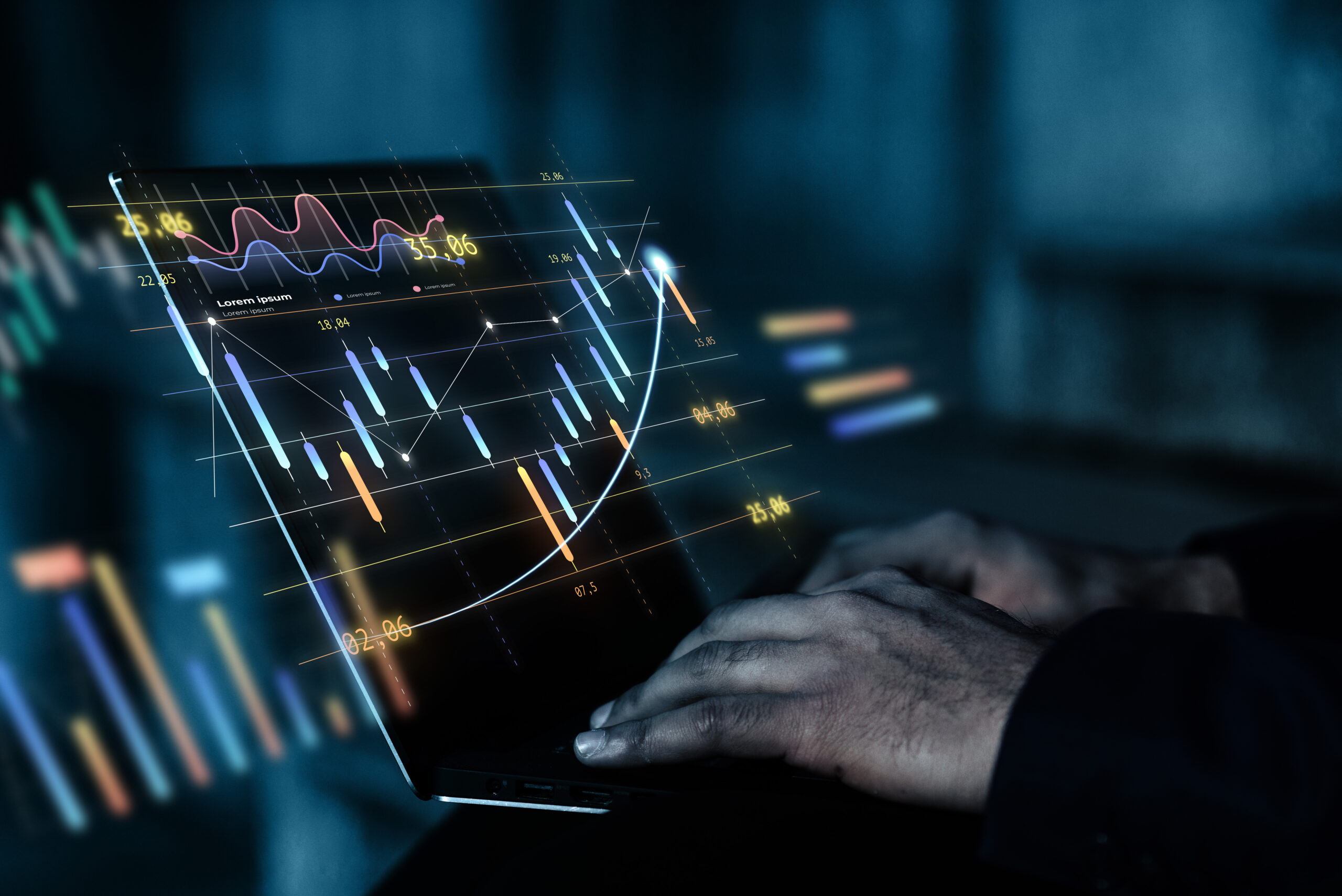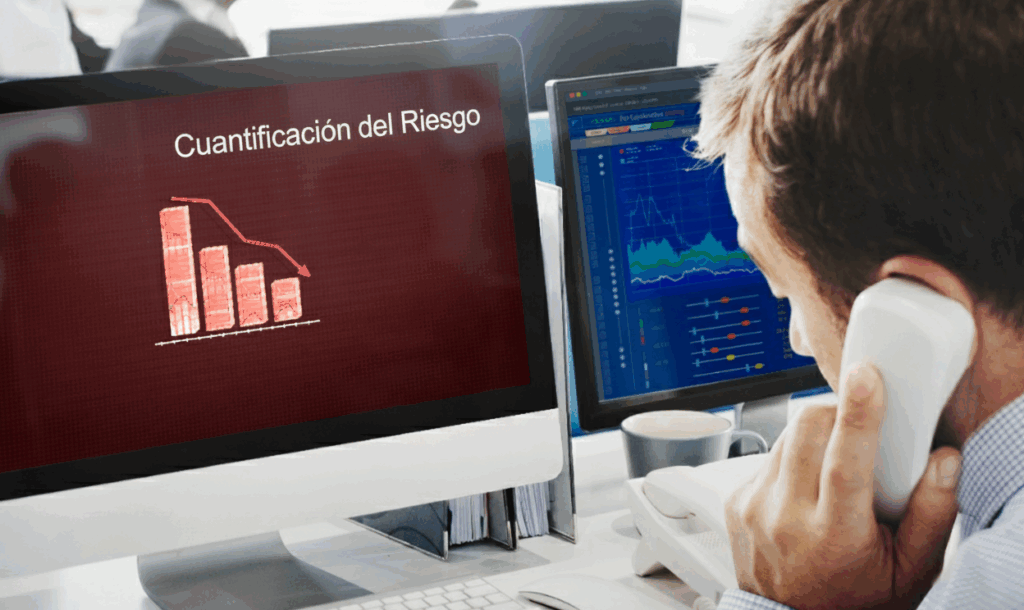At present, organize an event goes far beyond bringing people together in a space. The real challenge is to create memorable experiences, measure the impact generated and use that data to optimize future encounters..
This is where event analytics becomes an indispensable tool. It not only allows to evaluate the performance of an event, but also to improve strategic decision making, optimize resources and strengthen the relationship with sponsors.
Measuring an event Success is no longer a matter of perception; it now depends on hard numbers and precise metrics. With advanced tools and digital technologies, organizers have access to detailed information that helps them understand what worked, what didn't, and how to improve in the future. From the number of attendees to digital interactions, every piece of data counts to paint a complete picture of an event's performance.
Why is event analysis important?
- Evaluate the return on investment (ROI): The data allows us to measure revenues versus costs.
- Understand the behavior of the attendees: From social media interactions to post-event surveys, knowing the opinions helps adjust future strategies.
- Optimize logistics and resources: Knowing which areas of the event were most visited or at what times there were peaks of affluence improves the organization.
- Attract sponsors: Detailed reporting demonstrates the real value of the event to investors.
Did you know that 87% of organizers use digital metrics to evaluate the success of their events?
Key benefits of event analysis:
- Actionable data: Identify what worked and what needs to be improved.
- Audience segmentation: Get to know your attendees better and personalize the experience.
- Accurate planning: Reduce costs by using resources efficiently.
Key metrics to evaluate the performance of an event
The key to effective analysis is to know what to measure.. One of the most basic, but essential, metrics is the number of attendees. Beyond the initial count, it is important to segment participants according to their demographics, interests and behavior during the event. This information allows you to customize future campaigns and improve the experience in real time.

Another crucial indicator is the level of participation. Social media interactions, use of event apps and responses to digital surveys provide clues to the degree of audience engagement. The more participation, the greater the emotional impact and the more likely attendees are to become ambassadors for the event.
Of course, no measurement would be complete without evaluating the return on investment. Analyzing the total cost of the event versus the revenue generated by sales, sponsorships or registrations allows you to determine whether the economic objectives were achieved. In addition, measuring audience satisfaction through post-event surveys helps to detect areas for improvement and opportunities for innovation. Here are the 5 essential metrics for an event:
- Number of attendees:
- Previous records and actual attendance.
- Comparison with previous editions to detect growth.
- Participation and Interaction:
- Live surveys, questions from the public and social networks.
- Use of event applications to measure engagement.
- ROI (Return on Investment):
- Ratio between the cost of the event and the income generated.
- Evaluation of sales, sponsorships and collaborations obtained.
- Public Satisfaction:
- Post-event survey results.
- Valuations in digital platforms.
- Conversion Rate:
- Number of contacts generated during the event.
- Leads converted into potential customers.

Take your events to the next level
If you're looking to improve the performance of your events with concrete data and advanced tools, find out how to ENIGMIA FLOW can help you achieve this. From people counting to behavioral pattern analysis, it gives you the metrics you need to make strategic decisions.
Technology as an ally of event analysis
Technology has revolutionized the way events are measured. Tools such as people counting systems The results show not only how many people attended, but also how they moved around the venue and which areas were the most crowded. This information is vital to optimize the distribution of resources, such as security or services, and to ensure a smooth experience for all participants.
In addition, data analysis platforms have made it easier to centralize information. With specialized software, organizers can monitor online registrations, analyze surveys in real time and generate detailed reports. Mobile applications have also gained prominence, offering interactivity during the event and collecting data instantly on preferences and behaviors.
Digital surveys complement this technological ecosystem, allowing to assess audience satisfaction and obtain specific feedback to help refine strategies. Together, these tools create a comprehensive framework for measuring and optimizing events on an ongoing basis.
Beyond the event: The post-execution analysis

The work does not end when the event concludes. In fact, the subsequent stage is key to consolidate the success of future editions. A detailed report with the The results obtained make it possible to compare performance against the initial objectives and establish a starting point for improvement.
Post-event evaluations should focus on aspects such as fulfillment of expectations, effectiveness of logistics and attendee satisfaction. In addition, it is essential to use this data to develop attractive proposals for potential sponsors, who increasingly value clear and quantifiable metrics.
The comparisons with previous or similar events also provide valuable information on market trends and opportunities for innovation. By adopting a data-driven approach, organizers can plan more accurate strategies and make decisions backed by concrete information.
A data-driven future

The event analysis has evolved from an intuitive process to a discipline backed by hard data and advanced technological tools. From initial planning to post-event follow-up, measuring success is critical to optimizing resources, attracting sponsors and ensuring unforgettable experiences.
In a world where data is the new oil, leveraging available information can make the difference between an event that simply delivers and one that leaves a lasting impression. Organizers who take this approach will not only stand out in a competitive marketplace, but will also be better prepared to meet the challenges of the future.
ENIGMIA takes this technology one step further by combining artificial intelligence, machine learning and real-time analysis to provide highly detailed demographic and behavioral information. Its approach enables organizations to gain a complete view of the audience, optimize resources and design strategies based on accurate and up-to-date data.




